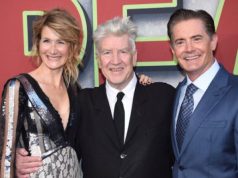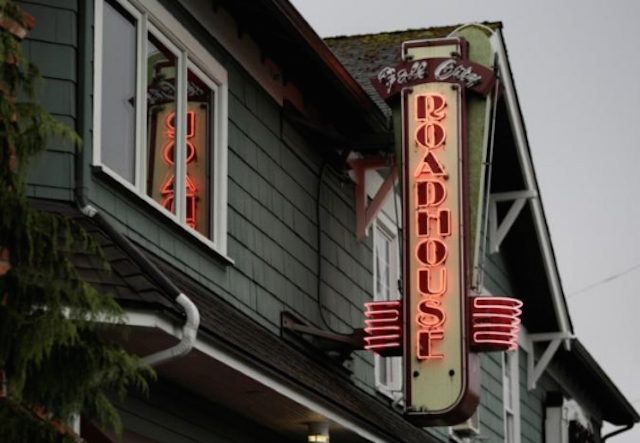
SNOQUALMIE, WASHINGTON | Wind whistles through the Douglas fir trees dotting the Washington state horizon, the cascading waters of Snoqualmie Falls crash into a ravine and a freshly baked cherry pie sits atop the counter of the Double R diner.
Welcome back to “Twin Peaks,” the fictional small town from David Lynch’s ground-breaking 1990 TV series about a murdered homecoming queen, which reboots Sunday on premium cable network Showtime after 26 years.
Those involved with the show have closely guarded details of the new season, but the spectacular scenery of Washington state is expected to play a starring role once again.
Twin Peaks isn’t a real town but many of the show’s locations can be found between Fall City and North Bend, off highway 90 east of Seattle.
“A sense of place is very important,” director David Lynch told Reuters. “You try to get the place to marry with the ideas, so we found these places and that’s Twin Peaks.”
Driving along the highway flanked by towering Douglas firs evokes the show’s opening scenes in which the esoteric FBI Special Agent Dale Cooper (Kyle MacLachlan) drives into Twin Peaks marveling at the trees, saying “they’re really something.”
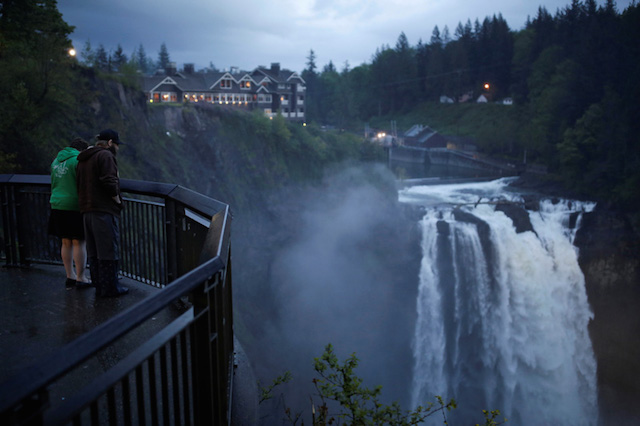
A dense mist arises from the Snoqualmie Falls and blankets the grandiose Salish Lodge at the top of the waters, the exterior of Twin Peaks’ Great Northern Hotel, run by the duplicitous Ben Horne.
The locations became characters in “Twin Peaks,” harboring sordid secrets of drugs, prostitution and dark supernatural forces in the wake of Laura Palmer’s murder.
The facade of the Roadhouse Restaurant and Inn in Fall City doubled for the show’s Roadhouse bar where Palmer’s killer is revealed to Cooper.
In Snoqualmie, a rusted trestle bridge over the Snoqualmie River was where a bloodied Ronette Pulaski stumbled across after surviving the killer that murdered Palmer.
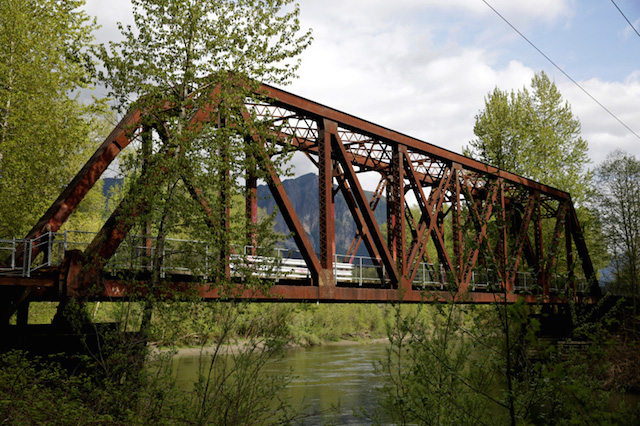
A mile away, a lay-by serves as the scenic spot of the painted ‘Welcome to Twin Peaks’ from the show’s opening sequence, with hill peaks in the backdrop.
Production of “Twin Peaks” moved to California after the first episode and interior settings were replicated on sound stages, but the real locations still draw fans today.
The facade and smoke funnels of the abandoned Weyerhaeuser Mill stand out against the verdant Snoqualmie hills, the former setting of Twin Peaks’ Packard sawmill.
Nearby, the former mill office is now a driving range business, but played the role of the “Twin Peaks” sheriff’s department. A replica “Twin Peaks” sheriff’s vehicle sits in the parking lot, welcoming fans but warning them not to disturb the driving range.
The picturesque Kiana Lodge in Poulsbo, west of Seattle, sitting on the Suquamish reservation overlooking the Puget Sound, played numerous roles in “Twin Peaks.”
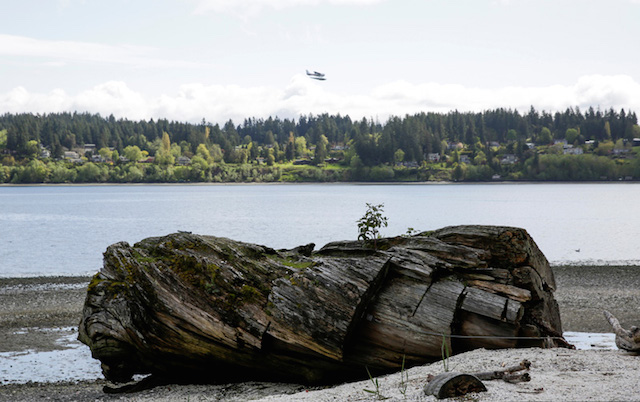
The cedar-paneled hall inside is where a coquettish Audrey Horne interrupted a convention of Norwegian investors at the Great Northern Hotel. The rustic venue also doubled as the show’s Blue Pine Lodge, home to the Martells and Josie Packard, who ran the sawmill.
“The scenes filmed in the pilot are still a vital part of how the ‘Twin Peaks’ series (is) portrayed,” lodge director Jay Mills said.
Most notably, the lodge is where Palmer’s plastic-wrapped body washed up next to a large log.
Today, a plaque commemorates the “pivotal scene” a few meters away from the weather-worn cedar tree remnant tethered to the sand, where fans like to take photos lying next to “Laura’s Log.”








